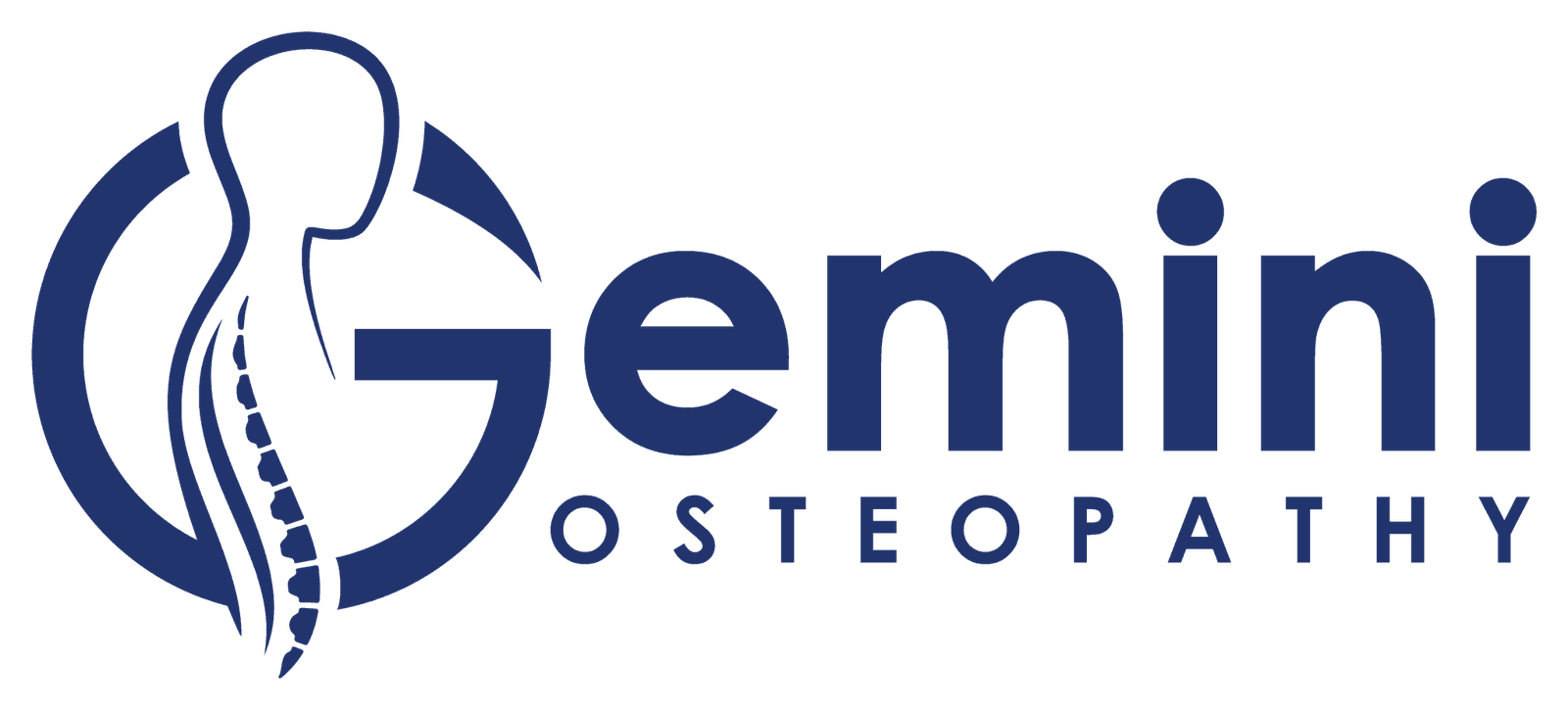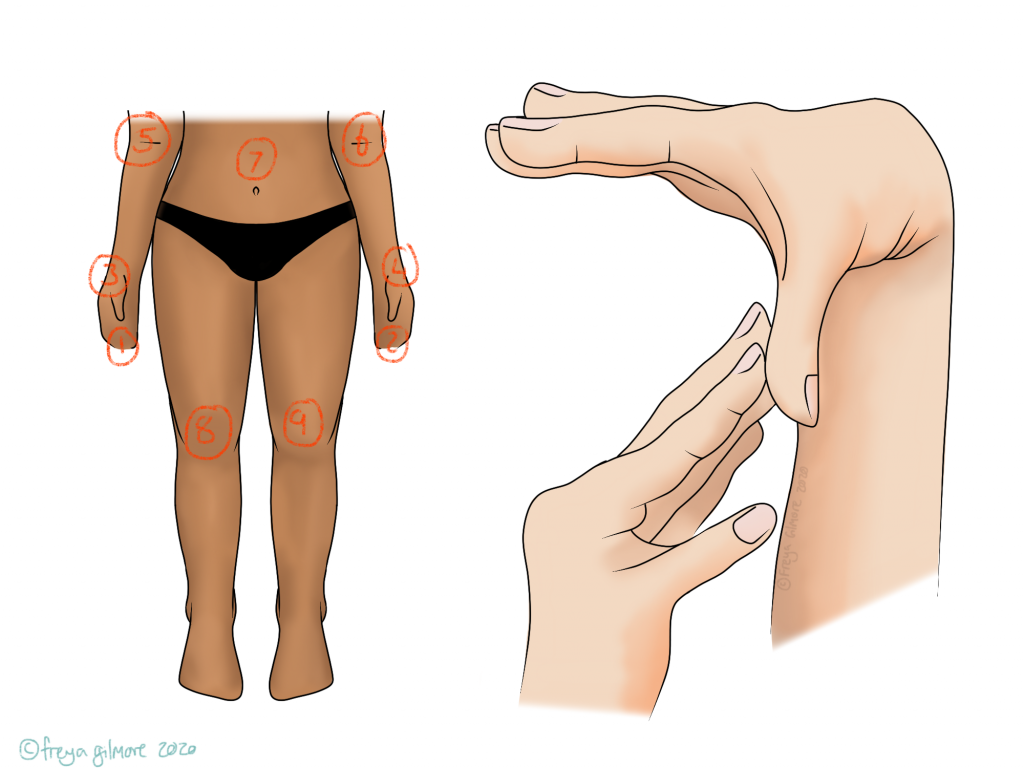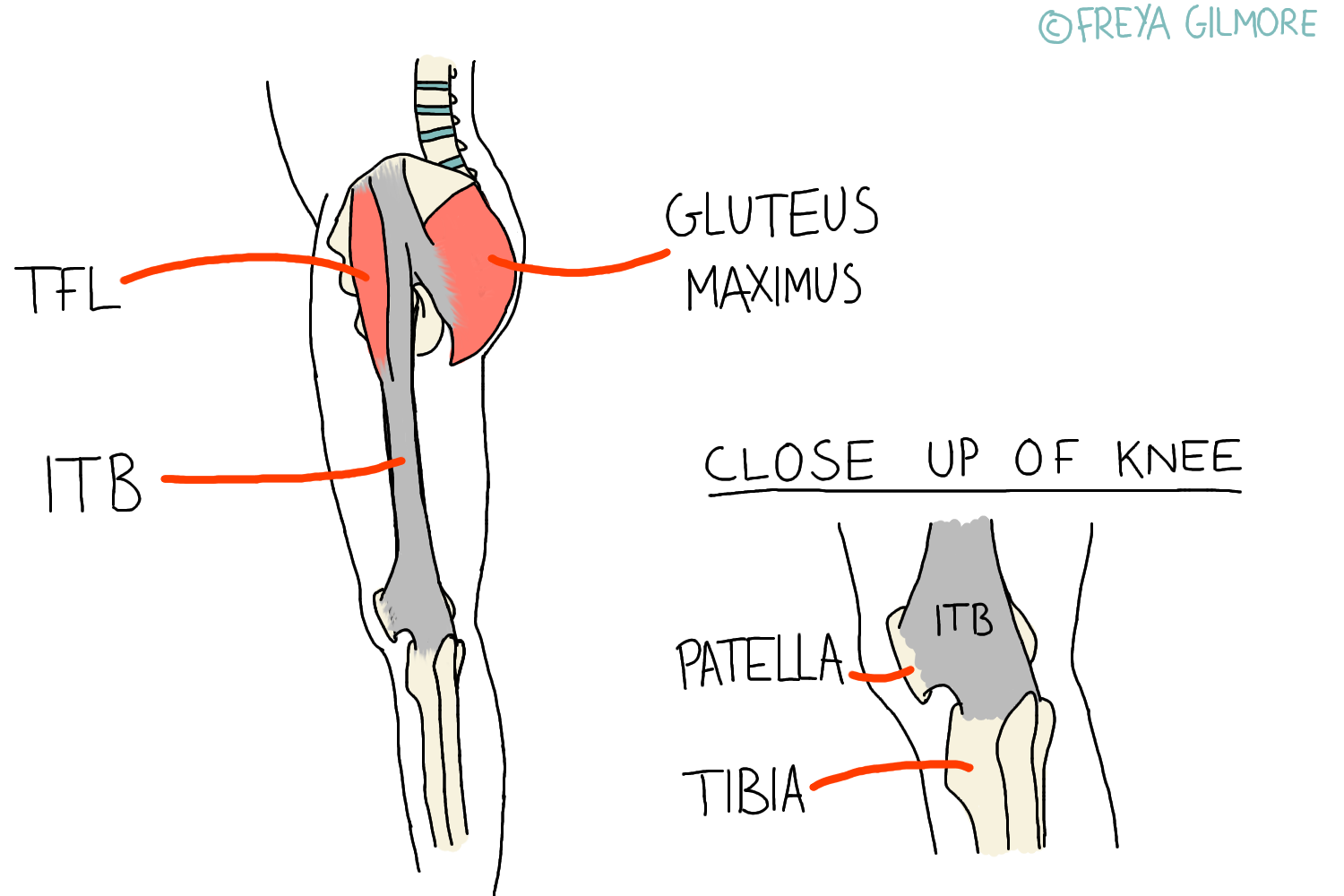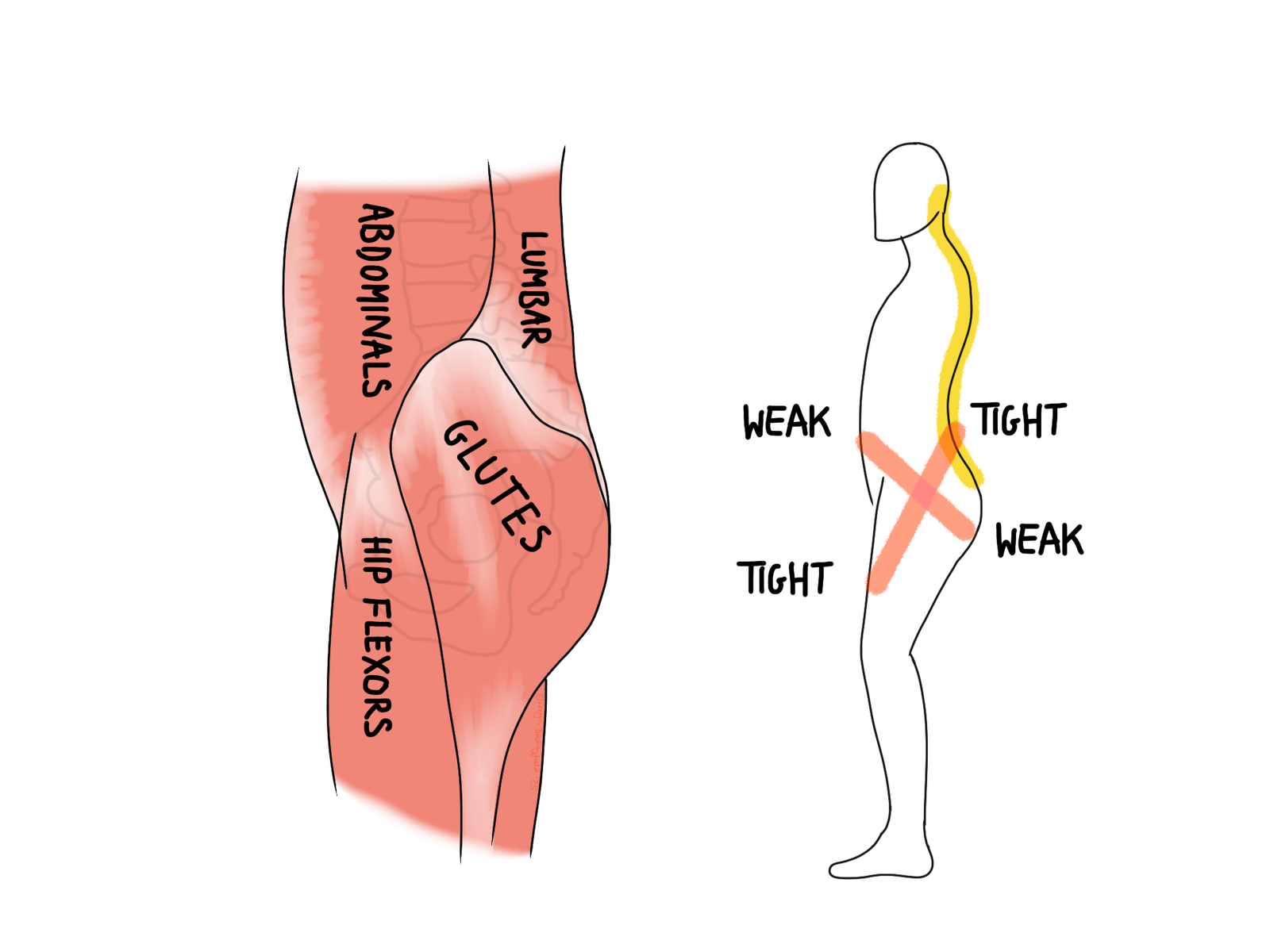The IT band is a band of tissue that runs down the side of the…

Hypermobility
When treating a patient, we always look beyond the diagnosis. There are countless elements that affect a case, including psychological factors and biomechanical ones. Hypermobility is an example of a mechanical factor that makes a huge difference to the way we manage a patient.
What is Hypermobility?
When a joint moves further than we would consider “normal”, it could be described as hypermobile. Sometimes this is isolated to a few joints as a result of injury or conditions like arthritis. Alternatively, an unusually broad range of movement may be apparent throughout the body. Joint flexibility reduces with age, so younger patients are more likely to have hypermobile joints. Women are typically more mobile than men too.
Your osteopath might test the numbered joints in the image above. This will give a score which will help to give an idea of how hypermobile you are generally.
With the exception of some unusual bony anatomy, like a shallow socket in the hip joint, hypermobility is typically dictated by ligaments. The role of a ligament is to limit movement. If you’ve ever sprained your ankle, you might have noticed the increased mobility as the ligaments slowly heal.
A hypermobile joints are less stable than normal. Using the ankle sprain as an example again, you might have found that after you go over on your ankle once, it happens again easily. This pattern applies to other joints too. Your osteopath’s job is to help your body to adapt to this. We want to help stabilise the joint, without causing additional pain anywhere else. Hypermobile patients may develop muscle pains, rather than joint pains, as the muscles try to stabilise the area.
Associated Conditions
There are a number of conditions for which hypermobility is a symptom. A lot of these are connective tissue disorders, which can have widespread effects. Often, these conditions will be diagnosed relatively early in life, but some cases slip through the net. Your osteopath will have these conditions in mind while investigating your mobility. Some examples of these are:
- Marfan Syndrome
- Ehlers-Danlos (some types)
- Osteogenesis Imperfecta
All three of these conditions are genetic. It is important to get a diagnosis for them, as they have other symptoms beyond flexibility. Osteogenesis Imperfecta, for example, is commonly known as “brittle bone disease”. Severe cases are diagnosed in early life, as babies can even be born with broken bones. Milder cases are much more common, but should still be identified in childhood. Frequent fractures can cause the legs to bow, and change the curvature of the spine. These are factors that may affect other musculoskeletal symptoms, such as back or shoulder pain.
Managing Hypermobility
Whether a hypermobile joint is the direct cause of the problem you present with, or simply a factor in it, we will take it into account. Although we can’t tighten the ligaments themselves, we can help support the joint in another way. The muscles that work over a joint can be employed to stabilise it too, similar to some of the role of a ligament. By strengthening those muscles, we can help to support the joint and keep it stable. Weak muscles will try to do this too, but they will likely become fatigued and sore quickly. Exercises to achieve strength will likely be a part of your treatment plan.




